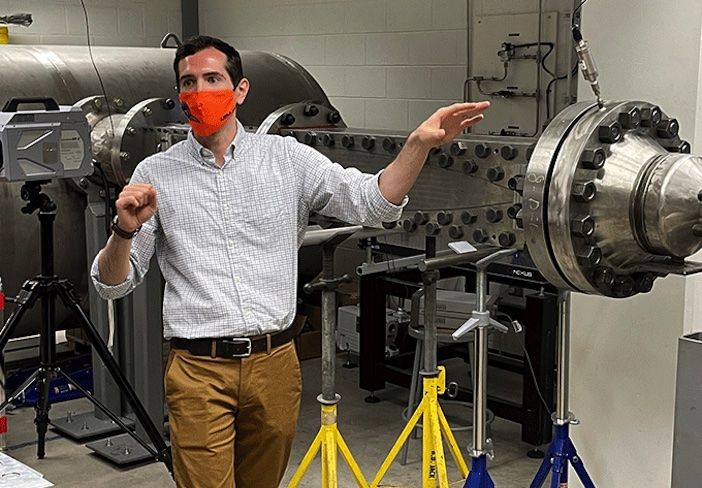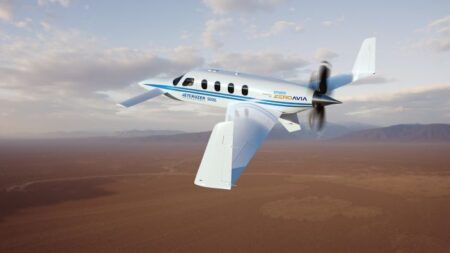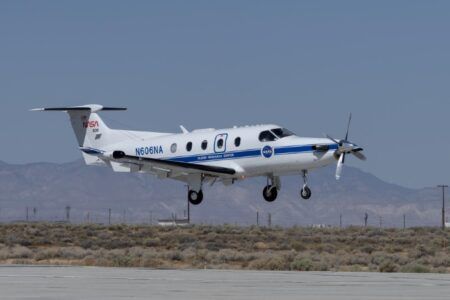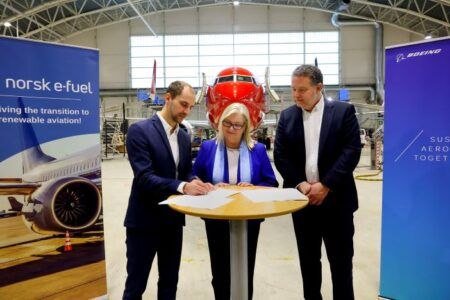The University of Texas at San Antonio has commissioned a US$1.5 million hypersonic wind tunnel after three years of construction.
The 50ft (15m) long Mach 7 (5,000mph) Ludwieg Tube Wind Tunnel which weighs more than 7,000 lbs (3,200kg) and is part of the University of Texas at San Antonio (UTSA) Hypersonics Lab. The wind tunnel can host a a variety of tests under Mach 7 conditions
Chris Combs, assistant professor in aerodynamics in the UTSA Department of Mechanical Engineering said, “I’d put ours up with anybody else’s in terms of Mach 7 testing situations we can reproduce in our lab.
“Couple that with our high-speed cameras and non-intrusive diagnostic capability, and it’s exceptionally rare to have those both under one roof at a university that is student-operated.”
A high-speed camera capable of capturing up to two million frames per second records images and video as the air passes through the test section. A laser detection device is sometimes added to help zero in on the results.
“As the air flows through the pipe, it enters a nozzle that is contoured to give us a shape to expand as needed, all the way to Mach 7,” Combs said. “You have high pressure on one side, low pressure on the other side. It’s separated by a metal diaphragm that bursts at a specified pressure. All that air then flows into a very large vacuum dump tank.”
“We can measure just about anything you want. We can find a way to do it. We can do velocity, temperature, pressure, density, concentration. There are ways to make all of those measurements in our lab and get any kind of key quantity.”
Combs and his team typically test the hypersonic impact on rockets, missiles, high-speed aircraft, high-speed engine inlets, propulsion systems and more. Many of the scenarios measure the extreme conditions that sections of a spacecraft experience as they enter the Earth’s atmosphere.
“We can measure characteristics of flow around a particular shape, the aerodynamics and how it’s going to perform to better understand what’s going on. The data we collect can help improve computational models so that vehicle designers can eventually use predictive tools to streamline the design process.”
Students are highly involved in setting up and executing experiments with the wind tunnel. “We’re giving students excellent opportunities to be working hands-on running a hypersonic wind tunnel facility themselves,” Combs said.
“There’s a big gap right now in the hypersonic workforce that the US is trying to fill. We’re putting students in a position to be highly competitive for some really cool jobs that are out there right now.”
Combs hopes the Mach 7 facility will also make the UTSA more competitive to secure projects from Department of Defense, NASA and other US governmental agencies. “It’s exciting and I’m looking forward to the opportunities it’s going to create for our students and UTSA, along with advancing hypersonic travel,” he added.





